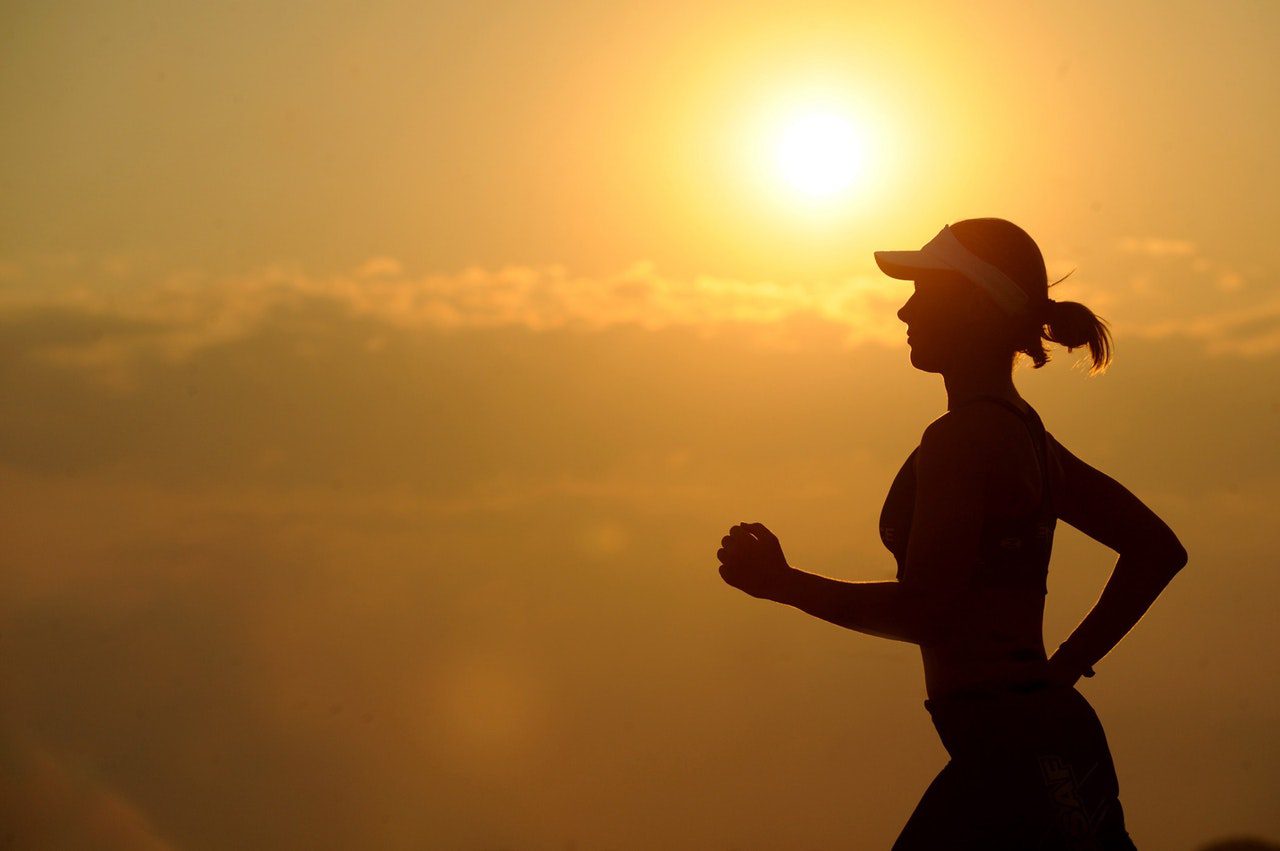
The best online fitness resource you'll ever need. We filter out the BS to ensure you meet your health and fitness goals!

The best online fitness resource you'll ever need. We filter out the BS to ensure you meet your health and fitness goals!

It is not how hard you train, but how well you recover.
Training hard is great, it’s great fun, it’s challenging and it produces results….right?
Most people believe that high-intensity workouts are the secret to achieving the best results and “recovery” is reserved only for when we have the time. It may come as a shock that ‘active recovery’ is equally important as high intensity training if we want to achieve results in a sustainable and safe manner.
If your sole focus is on heavy training and intense workouts, it is easy to drive yourself to burnout. Physical burnouts are real, people suffer with physical plateaus, skill depletion, mental exhaustion and progress comes to a grinding halt!
There is often a fear of slowing down, or taking rest/recovery days, people worry that this will slow them down. The reality is if we don’t give our bodies a chance to recuperate, we will be forced to slow down. Converse to popular opinion, rest and recovery actually boost muscle growth, fat burning opportunities and overall hormone health.
Read on to learn how to find a healthy balance between training, recovery and rest days (yes, there is a difference which will be explained shortly!).
There is a difference between rest days and active recovery, and both play an important role in performance enhancement.


Rest is typically considered as sleep or time not spent exercising.
Recovery implies drills and methods utilized to maximize your body’s repair.
Both of these extend beyond the purely physical side, we need rest and recovery for balanced hormones, mental stability our nervous system and more.
So, to delve into this a little more let’s look at what a rest day and a recovery day look like:
Simply a day off any physical exertion. The ultimate rest day would involve little stress on both the mind and body. Rest days help your body to repair and grow.
A low intensity training day. Active recovery is best if you keep load bearing to a minimum. You should be working at a ‘conversational pace’ and avoid letting your heart rate shoot up too high. This is great for getting some movement and stimulating some blood flow to your muscles which will help to diminish the effects of fatigue.
The intention of recovery is to allow your muscles to repair themselves. However, taking a recovery day does not have to involve doing absolutely nothing. Whereas rest is classified as taking time off training and getting some sleep, recovery refers to practices or methods used to enhance and boost your body’s repair. Active recovery is important for more than just your physical aches and pains, it also plays a large role on the mental element of training. The purpose of a recovery day is not only to give your body a breather from training but to provide you with that much needed mental break.
Active recovery involves completing an exercise at low intensity. What do we mean by low intensity? Generally speaking, low enough that you can still maintain a conversation, but high enough to increase your blood flow. Increasing your blood flow will help your body to repair muscle damage and any residual fatigue. Active recovery plays a big role in managing (and reducing) the symptoms of DOMS (or delayed onset muscle soreness.)
For those of you not familiar with the term DOMS – have you ever completed an extremely hard workout, but felt fine…until the day after, or even two days after? This is caused by a build of lactic acid. Some gentle active recovery following an intense training session helps to clear this lactic acid and in turn avoid any DOMS.
Another added benefit of adding some active recovery to your training routine is that it provides the perfect opportunity to work on some technique. Are you struggling with a particular movement or exercise? Take an active recovery day and work through light, corrective exercises with a focus on skills and good form.
There is no rule on how often you should take a rest day or active recovery day. CrossFit suggests three days on, followed by one day off. Some people prefer to train throughout the week and take two days off.
There is no cookie cutter setting, you have to listen to your body. If you have done a couple of really hard training sessions and you are starting to feel the effects of fatigue, then it is probably best to take a day off, or to spend a day focusing on active recovery.

Active recovery involves completing an exercise, or a workout, at a low intensity, something that is intense enough to raise your heart rate and increase blood flow, which in turn helps to reduce the residual fatigue in muscles. Active recovery can also be crucial in reducing the symptoms of DOMS (delayed onset muscle soreness). There are several different ways to practice active recovery.
Achieving success in the gym will only come with a balanced lifestyle and training program.
Work hard on scheduled gym days and make the most of active recovery days to work on technique, to enjoy some time outside and to test yourself in new ways. Finally, enjoy your rest days and perhaps use them as time to seek new inspiration.

A significant component of active recovery is ‘mental restoration’, you can work on this in any way that feels best for you, it may be meditation, reading a book, or playing a game. The key is to engage in activities that help you recharge your batteries! Exercise and training are amazing tools for both body and mind, but when you train you are constantly trying to improve, trying to break through the next barrier and sometimes it is important to just take a break!
Find your favorite way to include some active recovery into your routine, make it something enjoyable that leaves you feeling better. Choose an activity that is both restorative and recuperative for you. You want to finish your session feeling invigorated, not exhausted.
To get the most out of recovery, to allow our bodies to repair and go back to training feeling fresh and ready to go, there are a number of other things that must also be taken into account:
There is no set number of hours needed, everyone is different. Sleep is the single most important element for both mental and physical recovery. A hot bath before bed can help both in recovery and to help lull you to sleep. Spray some lavender on your pillows, turn off your phone, close your shutters and set your bedroom up to best encourage a good night’s sleep.
Drinking enough fluids before and after your workouts is essential for muscle endurance and recovery. Staying well hydrated permits our cardiovascular system to function at maximum capacity. Our body is mostly made of water and therefore good hydration will encourage the repair and growth of our cells.
We can’t have an article on recovery without mentioning nutrition. A key component of recovery is adequate nutrition. A good diet will ensure that you get to your next workout, race or even competition with the energy stores required for top performance. A good diet for recovery will include replacing any fluids and electrolytes lost while sweating, good carbohydrates to restore your glycogen levels and protein to help repair damaged muscle tissues.
Go for quality! Choose nutrient rich, whole foods and try to avoid overly processed foods. Whole foods provide you with much more ‘bang for your buck’. Think of food as your fuel, good fuel will allow you to perform at your best. Without it our endurance, strength and overall performance will suffer. If you are looking to get the most out of your training, your diet will need to be a top priority.
Now that you know why rest and recovery are so important, it is time to start applying it to your weekly schedule. As listed above there are numerous activities that you can choose for active recovery, but it is important to find one that you enjoy. This is the time that you are spending outside of the gym and the pressures of the workout. You can of course use your active recovery to work on some technique (drills for Olympic Lifting with the PVC for example) but I would recommend doing something that is not connected to lifting weights or CrossFit or whatever your flavor of fitness is. Give your mind and body a break from the gym!
What are your favorite ways to practice active recovery? Let us know (do you have a hashtag or something that people can tag you with?)